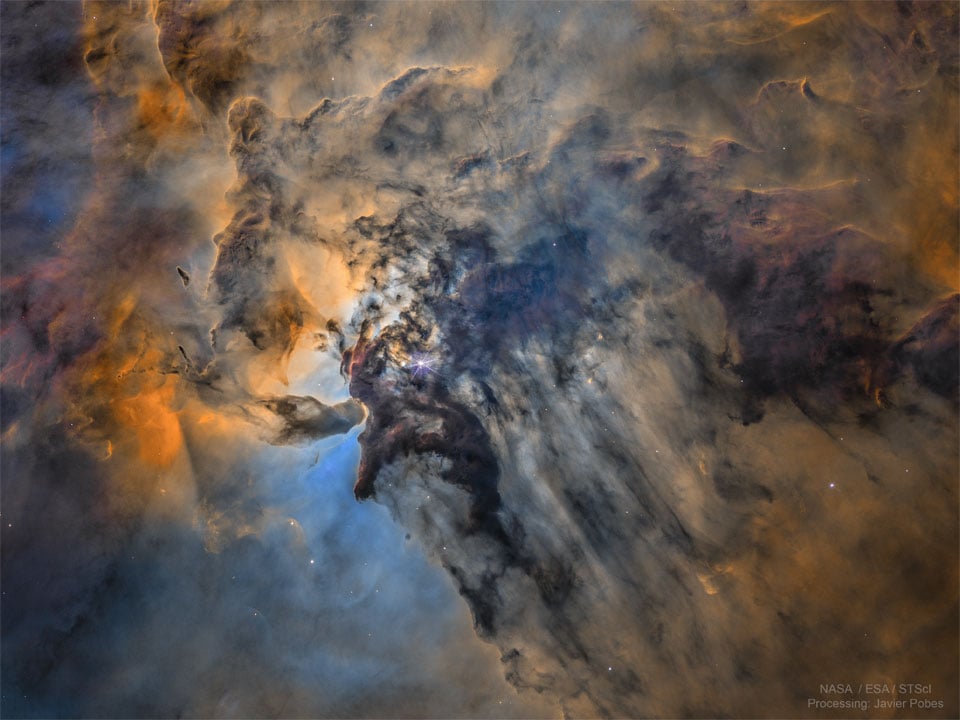this post was submitted on 10 Apr 2025
1243 points (99.6% liked)
[Dormant] moved to [email protected]
10452 readers
1 users here now
This community is dormant, please find us at [email protected]
You can find the original sidebar contents below:
Rules
- Be respectful and inclusive.
- No harassment, hate speech, or trolling.
- Engage in constructive discussions.
- Share relevant content.
- Follow guidelines and moderators' instructions.
- Use appropriate language and tone.
- Report violations.
- Foster a continuous learning environment.
Picture of the Day
 The Busy Center of the Lagoon Nebula
The Busy Center of the Lagoon Nebula
Related Communities
🔭 Science
- [email protected]
- [email protected]
- [email protected]
- [email protected]
- [email protected]
- [email protected]
- [email protected]
- [email protected]
- [email protected]
🚀 Engineering
🌌 Art and Photography
Other Cool Links
founded 2 years ago
MODERATORS
you are viewing a single comment's thread
view the rest of the comments
view the rest of the comments

I get some of the basic underlying mechanics, but I absolutely cannot comprehend it. Incredible.
A guess: doubly ionized helium vs. singly ionized helium. They absorb different amounts of radiation (have different opacity). At high opacity it gathers heat and subsequently expands. At low opacity it lets the heat pass through, subsequently cools and condenses.
(This is the mechanism that makes Cepheid stars regularly and predictably change intensity. The same mechanism is probably present in other stars too, and causes local processes that we cannot observe from another star system... but can observe in the Sun.)
Alternatively, there could be a multitude of other effects doing something similar.
To my understanding they do chance circumference. The opaque doubly ionized helium forms at high temperature, expands until temperature drops (change in circumference), drops to singly ionized after expansion, and gets doubly ionized again after contraction (another change in circumference). In Cepheids, it's uniform across the whole star.
Thus, your question makes me doubt my original speculation that it's helium changing ionization levels. The way some material "climbs up" into the arc in this video (from the right end, at one point of time) while other material "rains down" make a magnetic explanation (proposed by others here) seem more plausible.